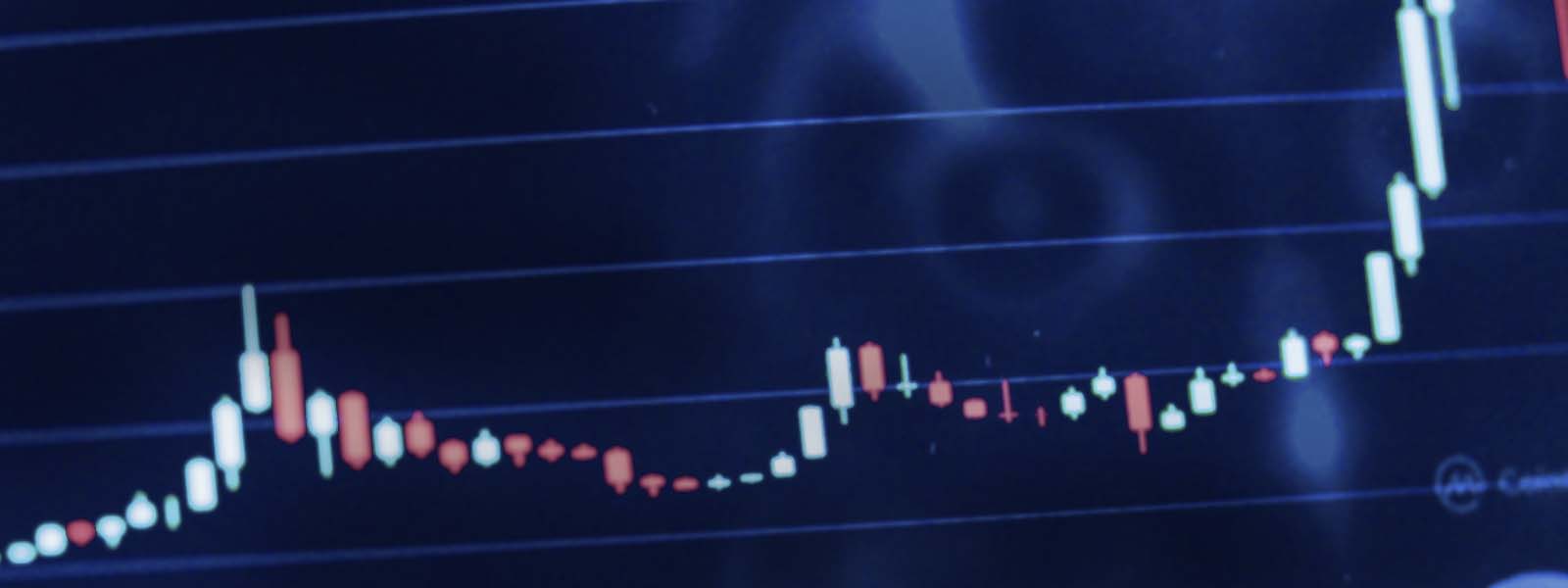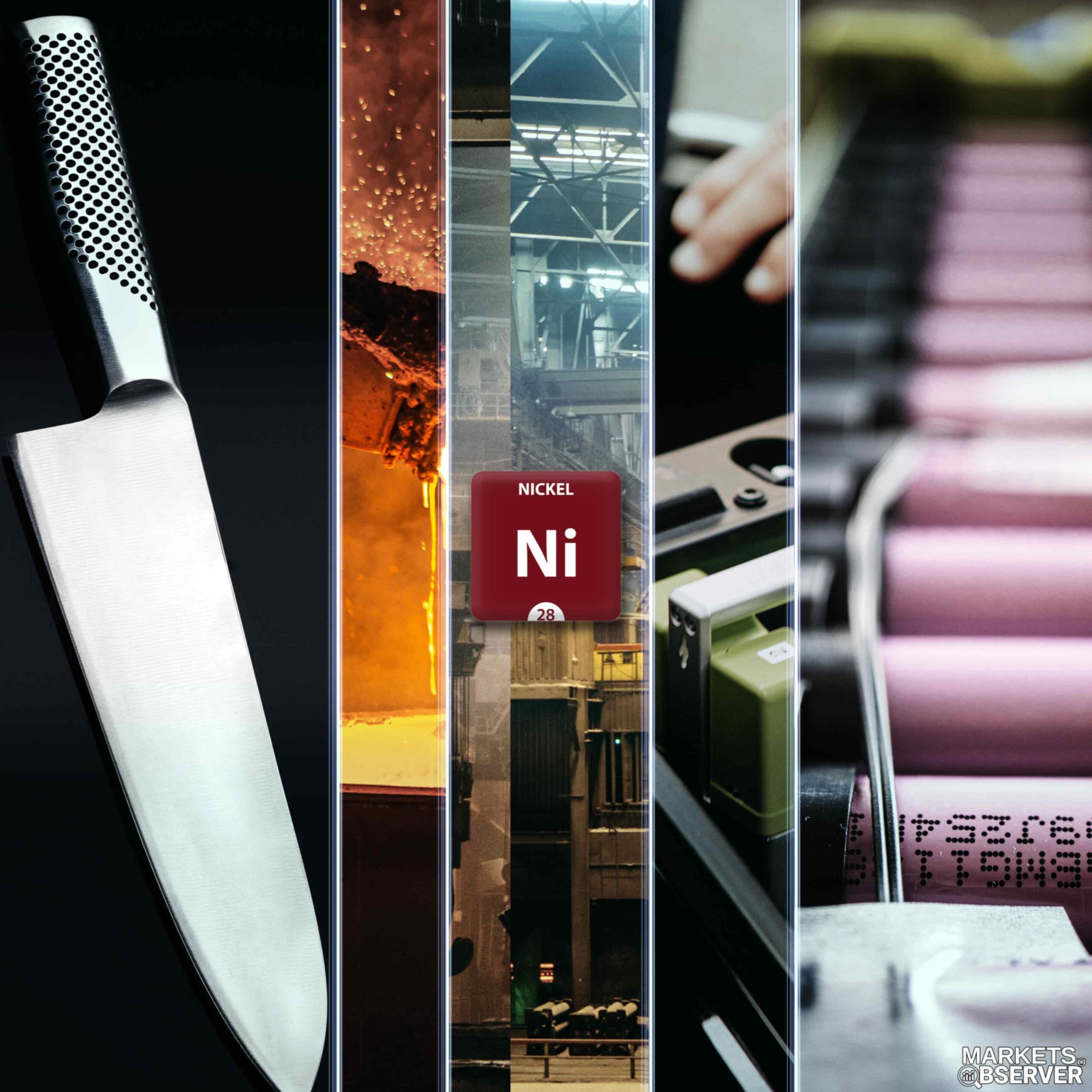This page is your one-stop destination for the latest industry updates and in-depth research on various Nickel Markets. Stay informed on the latest trends and developments in Nickel Production, Consumption, and Trade.
Whether you’re an industry professional, researcher, investor, trader or just interested in Nickel, this page lets you stay ahead of the competition. Keep coming back for regular updates and insights on the Nickel & Derivative Products Markets.
An Introduction to the Global Nickel Market
The nickel market refers to the global market for nickel, which is a metal used in a wide variety of industrial and consumer products. The nickel market is driven by demand from industries such as stainless steel production, coinage, and rechargeable batteries, as well as the production of special alloys and catalysts.
The nickel market is a highly globalized market, with most of the world’s nickel being produced in countries such as Russia, Canada, Australia, Indonesia, and the Philippines. The major consumers of nickel are China, Japan, and the United States.
The price of nickel is affected by a variety of factors, including supply and demand, production costs, and global economic conditions. The price of nickel fluctuates depending on the supply and demand. When demand is high and supply is low, the price of nickel will typically increase, and vice versa. Additionally, the nickel market is affected by factors such as changes in exchange rates, changes in global economic conditions, and changes in the prices of other metals that compete with nickel in certain applications.
In recent years, the nickel market has been facing challenges due to oversupply and weak demand, which has resulted in lower nickel prices. Additionally, the rise of electric vehicles (EVs) and the growing use of lithium-ion batteries, which use less nickel than traditional nickel-cadmium batteries, have also affected the nickel market. However, in the long-term, the increasing demand for stainless steel and nickel-containing alloys in infrastructure and renewable energy projects, as well as the need for nickel in EV batteries could boost the nickel market.



